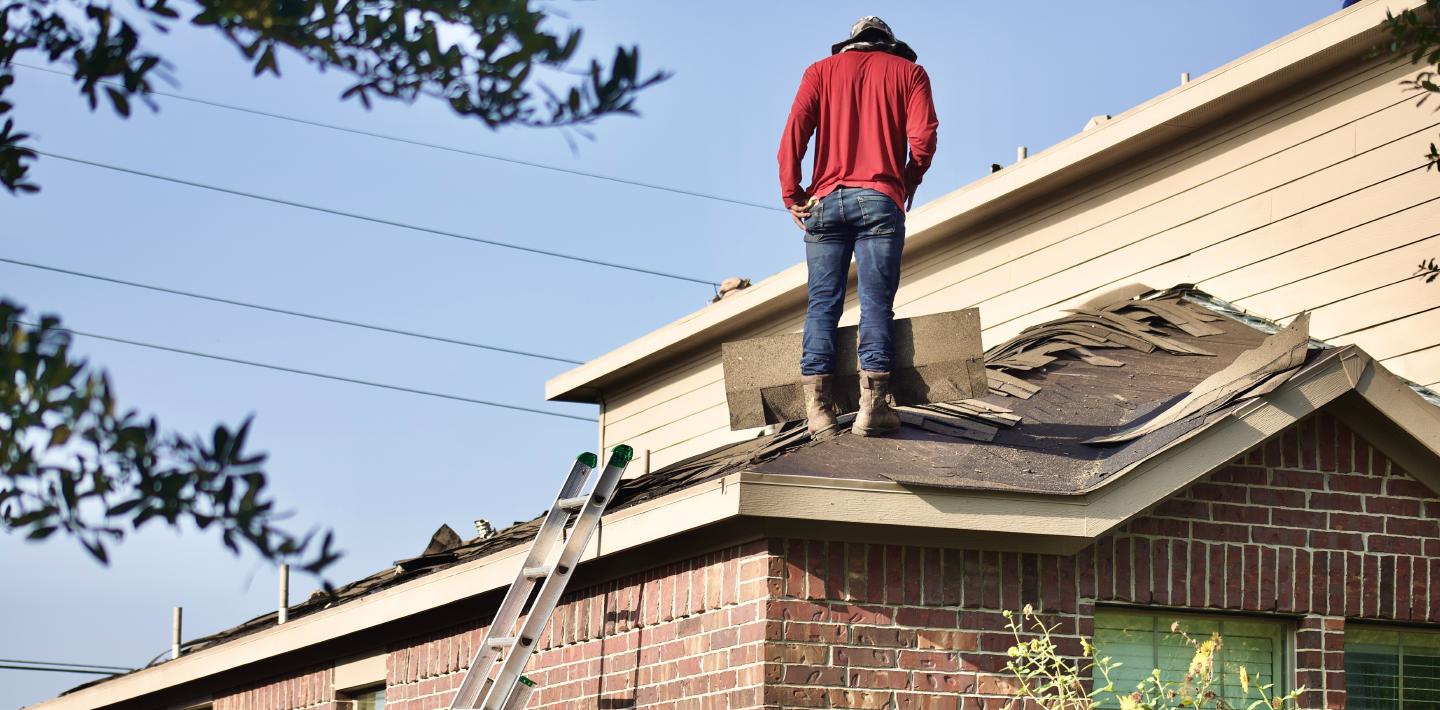The Real Insight is a must-read consumer newsletter that delivers important news about the real estate market right to your inbox every week. The Real Insight will benefit readers with hand-picked articles and curated content that puts our expertise in the real estate industry to work for you. Learn about the best time to buy or sell, when to start (or stop) that pesky remodeling project and how the larger real estate market could impact your decision on whether to invest in real estate—and when. You’ll also receive reliable seasonal articles during tax time and DIY decorating tips for the holidays. Subscribe to The Real Insight today and get informed!

Replacing your roof is a significant home improvement project that requires careful planning, budgeting, and research. A new roof can improve the overall look of your home, increase its value, and provide you with better protection against the elements.
When should you replace your roof? The answer depends on various factors, such as the age of your roof, the extent of the damage, and your personal preference. A general rule of thumb is to replace your roof every 20-25 years, although some roofs may last longer or require replacement earlier due to harsh weather conditions, poor installation, or lack of maintenance.
Before you start the replacement process, you should consider the following:
Roofing materials: There are various types of roofing materials available, each with its pros and cons. Some of the most common options include asphalt shingles, metal roofing, clay or concrete tiles, and slate. Your choice of roofing material will depend on your budget, aesthetic preferences, climate, and durability.
Roofing contractors: Finding a reliable and experienced roofing contractor is crucial to ensuring that your new roof is installed correctly and meets the local building codes and safety standards. Look for licensed and insured contractors with good reviews and references from past customers.
Permits and regulations: Depending on where you live, you may need to obtain permits and adhere to specific regulations for roof replacement. Make sure to check with your local authorities and follow the necessary procedures to avoid any legal or safety issues.
Budget and financing: Replacing your roof can be a significant investment, so you need to have a clear idea of your budget and financing options. Get quotes from multiple contractors, compare the costs, and factor in any additional expenses such as permits, disposal fees, or repairs.
John's house had an old, worn-out shingle roof that was leaking and causing water damage to the attic and walls. He decided it was time to replace the roof to avoid further issues and improve the curb appeal of his home. After researching various roofing materials and contractors, John chose a licensed and insured contractor to install a new metal roof. The contractor provided a detailed estimate that included the cost of materials, labor, permits, and disposal fees. John secured financing through a home equity loan and was able to pay for the project over time. The new roof installation took about a week, and John was pleased with the results. His home looked more modern and energy-efficient, and he no longer had to worry about leaks or damage.
Replacing your roof can be a challenging but rewarding process that requires careful planning, preparation, and execution. By considering the factors mentioned above and working with a reputable contractor, you can ensure that your new roof meets your expectations, budget, and safety standards.



